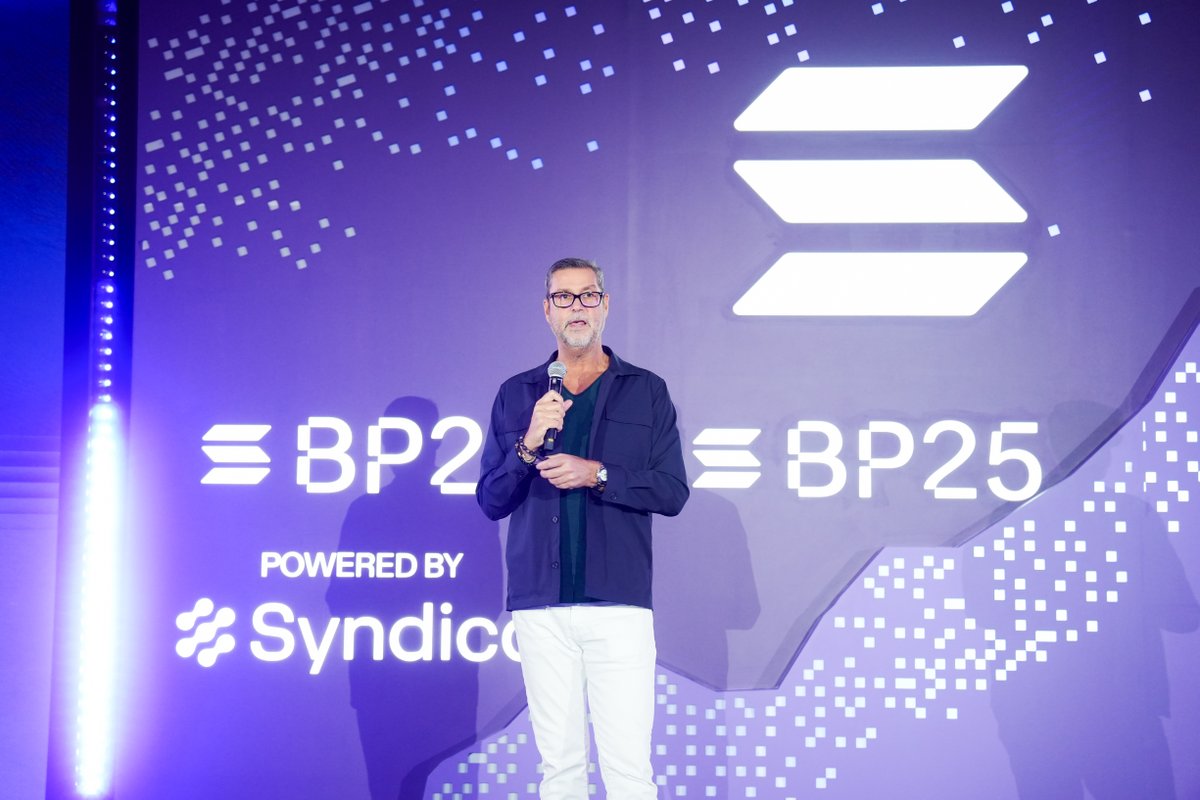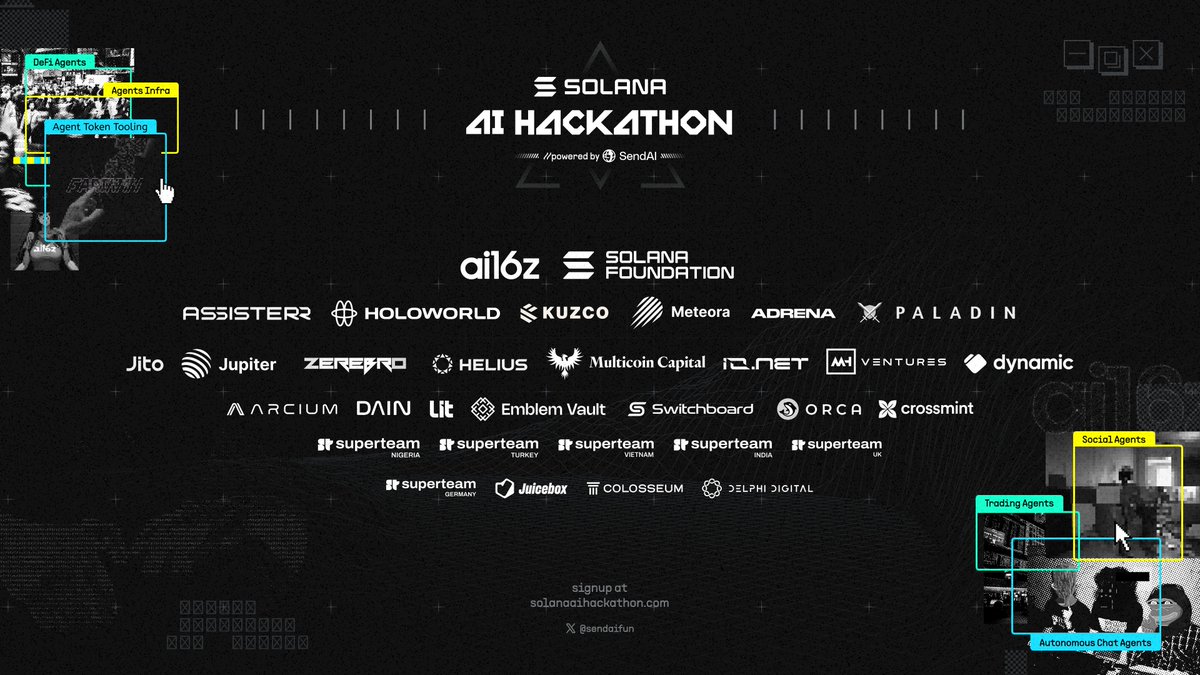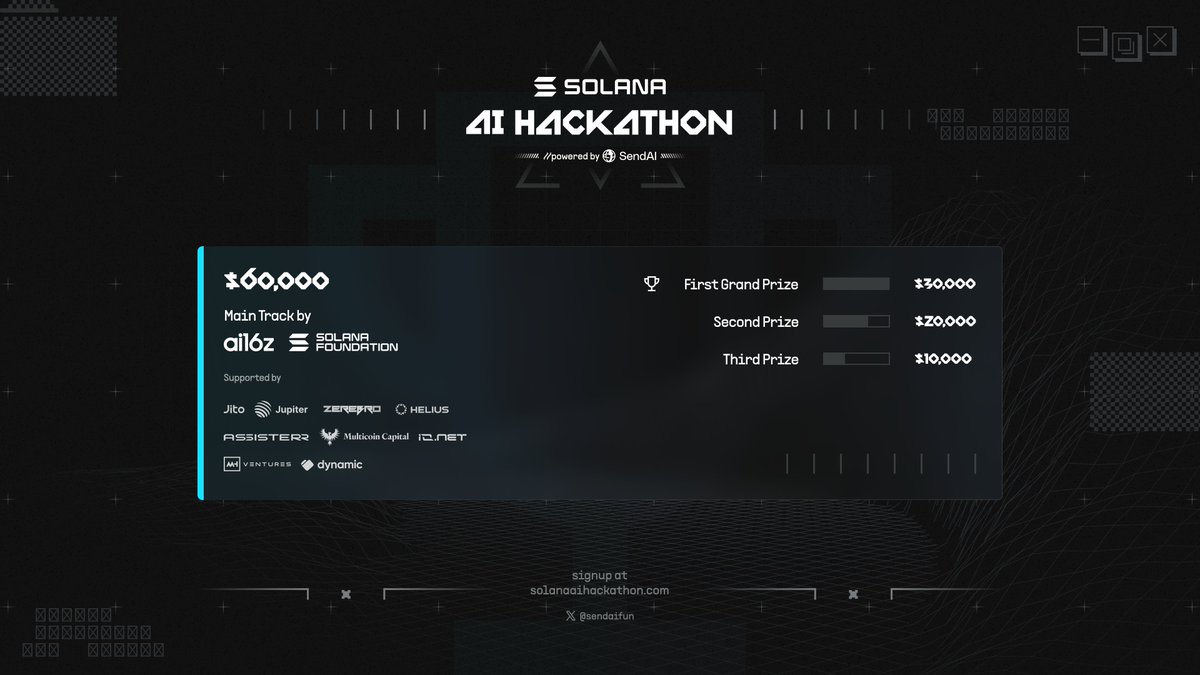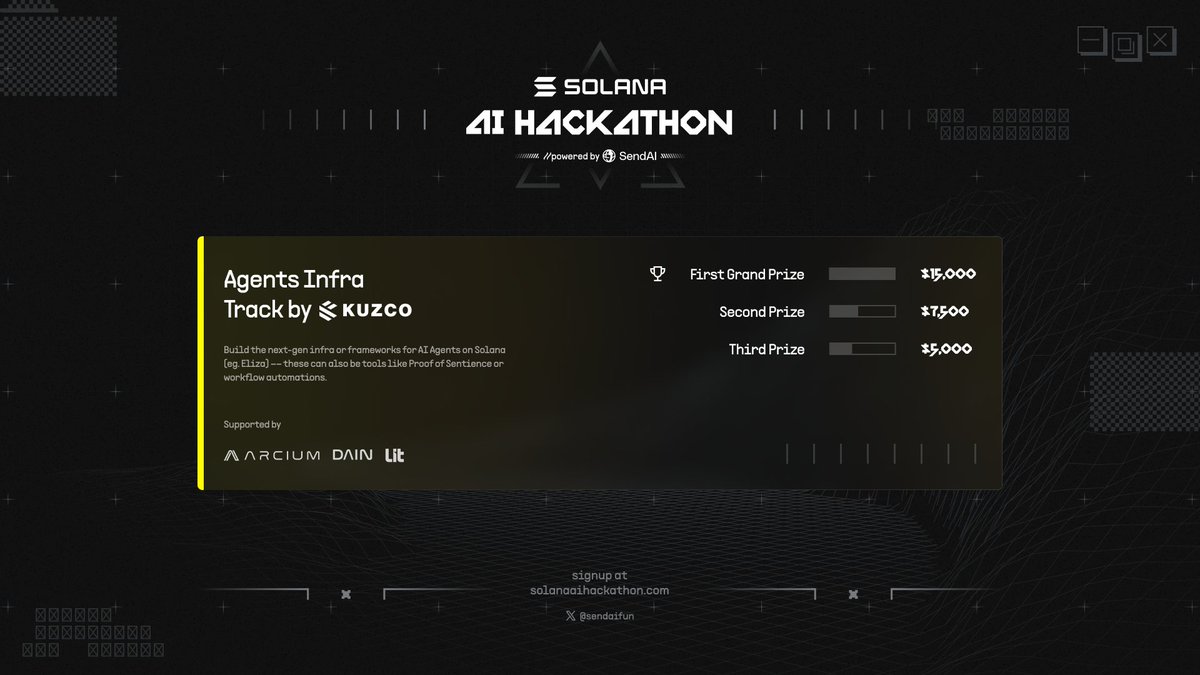1/ Censorship Resistance & Decentralisation
2/ Censorship resistance and decentralisation are one of the fundamental promises of blockchain, and this is why almost all of us are in this space, because we understand its importance.
3/ The key goal here is for a network to be decentralized enough to be censorship resistant. However it’s difficult to quantify at what point that happens.
4/ Having a large set of nodes in a network is a great starting point. However Proof of Stake protocols are limited by the pareto principle whereby 20% of the nodes on the network controls more than 33% of the total stake. Enabling them to halt the network.
5/ To put this in perspective, at the time of writing this, 7 out of the 125 nodes make up >33% of the stake today on Cosmos. On Solana, it’s 6 nodes out of the 182. On Celo it’s 10 nodes out of 125 nodes.
6/ This is somewhat applicable to Proof of Work protocols, currently 4 BTC mining pools control over 51% of the hashpower, as do 3 ETH minings pools. It is also arguably worse, as 51% also allows for double spend attacks. etherchain.org/miner
7/ The obvious problem is that because most validators within Proof of Stake networks are typically known entities/individuals, they are inherently incentivised to promote themselves to attract more delegators to increase their revenue.
8/ Though there is a consideration that these nodes are then less likely to be sybils and incentivised to protect their brand. But ultimately it comes down to who can market themselves better to attract the most delegators.
9/ As a result if this continues, it’s likely that by natural selection, the validator set will continue to centralise over time. With smaller validators becoming less and less relevant.
10/ The subtle/looming issue is that CEX’s are offering staking derivatives in their platforms for a while now, enabling token holders to trade their staked assets within the exchange. Which is commercially sound, but inherently centralises the network.
https://twitter.com/crainbf/status/1202235765708775425?s=20
11/ There are multiple ways we as a community can tackle these challenges. Many of which are already being worked on already by various protocols and teams (i.e. @certusone’s work on SignOS or the #atomspread out initiative by @dokiacapital).
12/ At @solana we’re focusing of 3 key things to tackle this:
13/ Stake-O-Matic - An automated delegation matching program by the Solana Foundation that incentivises nodes on the network to delegate to smaller nodes to optimise for network censorship resistance. forums.solana.com/t/stake-o-mati…
14/ Better decentralisation doesn’t need to be seen as a compromise. Solana’s testnet right now has 103 of 382 nodes making up >33% of the total stake, yet it can still be ultra fast and cheap. There is no fundamental reason that having more block producers is slower.
15/ Staking Derivatives & DEX’s - Fight fire with fire. To compete with CEX’s offering staking derivatives at the cost of centralising PoS networks. We NEED an equally great DEX with integrated staking such as: @projectserum + staking derivatives
16/ Yield Throttling - Diminishing staking yields as the amount of stake increases on a node, and correlated slashing to stop people from splitting into identical sub-nodes. Though the latter is yet to be designed. forums.solana.com/t/validator-yi…
17/ It's crucial to the future decentralisation of crypto that we remain conscious of these considerations and continue to fight for distributed block production.
• • •
Missing some Tweet in this thread? You can try to
force a refresh















